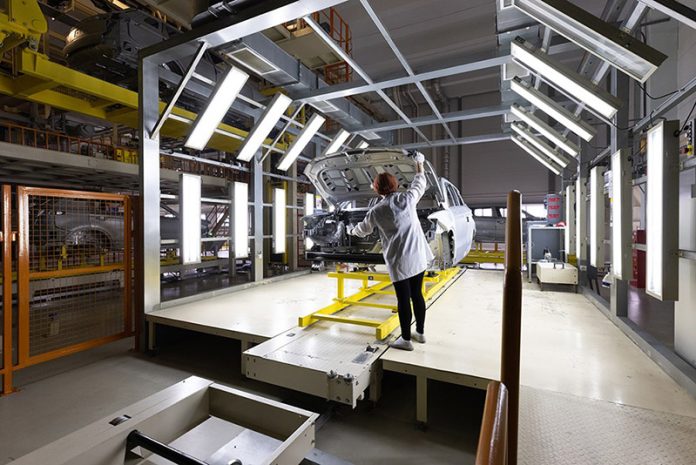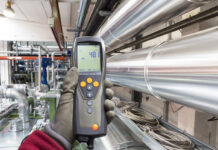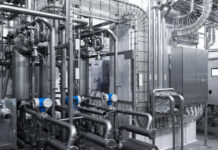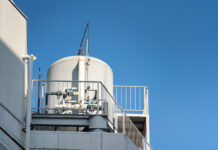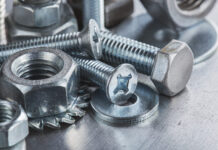Flow coating and dip coating: what are they, and how are they utilized? These two terms refer to distinct industrial procedures employed to apply coatings to the surfaces of objects or artifacts.
Let’s delve into their specifics, starting with the overarching concept of “coating”.
What does coating mean?
In the industrial realm, the term “coating” is widely employed, with its precise meaning taking on varied interpretations contingent upon the context. In essence, coating is a process of covering.
The motivations behind coating an object during the finishing stage can vary, depending on the intended purpose, material composition, and usage conditions.
Coating serves various purposes, such as:
- shielding against wear and tear;
- enhancing resistance to corrosion;
- achieving specific aesthetic outcomes;
- improving an item’s performance or functionality.
Different materials are employed to achieve coatings, contingent upon the desired effects, including paints, enamels, resins or polymers, for instance.
These materials are administered to object surfaces through various methods, such as spraying, electrodeposition, or the focus of our discussion, dip coating and flow coating, which we’ll explore further in the following section.
What’s the difference between flow coating and dip coating?
Dip coating and flow coating exhibit distinct characteristics.
Depending on the desired outcome and the application area, one technique may be preferred over the other.
Dip coating entails immersing an object in a coating solution and subsequently withdrawing it slowly.
During the extraction process, a thin film adheres to the surface.
This method finds extensive use in large-scale applications, notably in the automotive and electronics sectors.
Flow coating Instead involves applying the coating solution to the object’s surface and allowing it to flow due to gravity or employing a spray gun.
This method is typically employed for smaller objects or water-based coating applications.
Dip coating advantages
Dip coating strengths are:
- Uniformity
Dip coating delivers highly uniform surface coverage, crucial when a consistent finish is sought.
- Cost-Efficiency
Dip coating represents a relatively economical process, requiring basic equipment that can be automated, thus reducing execution time and investments.
- Adhesion
Immersing the object in the coating solution facilitates excellent adhesion between the substrate and the coating.
Flow coating advantages
Flow coating strengths are:
- Precise Coating Control
It provides better control over the quantity of coating applied to the object’s surface, especially crucial for precision-focused applications.
- Reduced Drying Time
The applied coating is thinner compared to dip coating, resulting in shorter drying times.
- Versatility
Flow coating accommodates objects of varying shapes and sizes, making it ideal for customized applications or intricate components.
Flow coating and dip coating applications
Flow coating and dip coating systems have a multitude of applications, spanning industries such as furniture design, electronics, plastics, automotive, eyewear, fashion, aerospace, and more.
The choice between these two methods hinges on specific application requirements, object size, and desired coating attributes.
H2: Flow coating and dip coating necessary equipment for industries
There are many specialized companies in designing and manufacturing high-quality flow coating and dip coating systems that excel even in complex processes: DBM Tecnologie is one of them.
Industries need flow coating and dip coating equipment to:
- manage the pre-treatment phase, preparing surfaces for coating using specific techniques.
- Execute dip coating with adjustable tank movement or, if flow coating is preferred, operate with single or multiple nozzles controlled by flexible, programmable anthropomorphic robots.
It’s really important that technicians collaborate closely with client companies, comprehending their needs and addressing any challenges they encounter.
Tailored flow coating and dip coating solutions are obviously the best choice.


